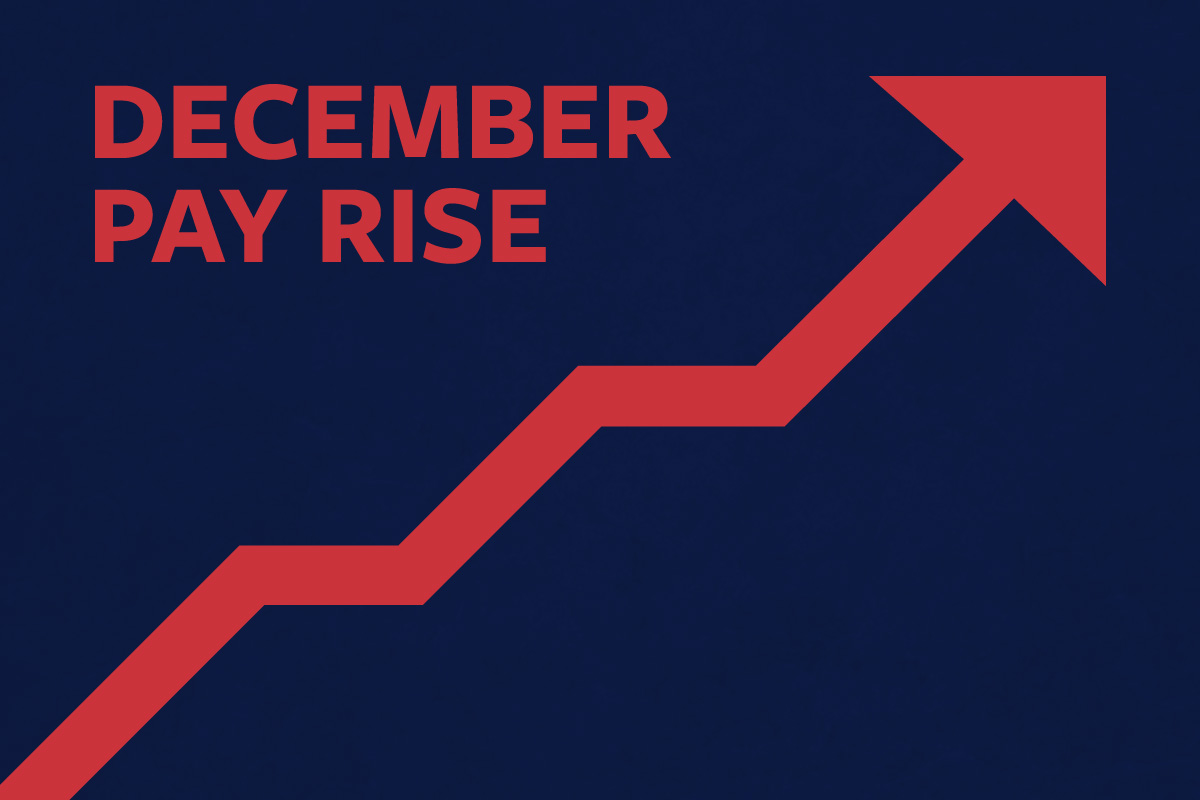
Victorian public sector nurse and midwife members will receive another three per cent pay rise in the first full pay period on or after 1 December 2022. This is the third three percent pay rise of the 2020–24 EBA.
Many private sector nurses and midwives will also be receiving a pay rise – scroll for more details.
The pay rise means almost all Victorian public sector nurses and midwives remain the highest paid in Australia in the lead up to the negotiations for the 2024-28 enterprise agreement.
Full-time and part-time public sector nurses and midwives, who worked with COVID patients during last summer and winter, also had the potential to earn more than $10,000 in surge shift allowances and winter retention payments (pro rata part time). All public sector nurses and midwives were eligible for the winter retention bonus of up to $3000.
The December public sector increase is part of the eight-year wages deal endorsed by ANMF members in 2016. This agreement included a historic wage uplift in 2019 that brought Victorian public sector nurses and midwives into net pay parity with their NSW counterparts, as well as a further nine per cent wage increase between 2020 and 2022.

2016 Victorian public sector EBA final members meeting.
By comparison, the NSW Government gave nurses and midwives a 0.3 per cent increase in the first year of the pandemic. It reduced its public sector 2.5 per cent pay cap to 1.5 per cent in 2021, but eventually backed down. The Queensland Government deferred nurses’ and midwives’ 2021 pay rises for six months. The Queensland government and QNMU are currently finalising their public sector bargaining.
The tables below outline state wage and percentage wage increase comparisons:
Table 1. Pay rise percentage comparisons*
| State/ Territory | Increase |
| Victoria | 3% 1 December 2020
3% 1 December 2021 3% 1 December 2022 |
| New South Wales | 0.3% 1 July 2020
2.04% 1 July 2021 2.53% 1 July 2022 |
| ACT | 1.35% 1 June 2020
1.35% 1 December 2020 1.35% 1 June 2021 1.35% 1 December 2021 1.35% 1 June 2022 |
| Queensland | 2.5% 1 April 2018
2.5% 1 April 2019 2.5% 1 April 2020 2.5% 1 April 2021* *State government legislated a deferral of 1 April wage increase to 1 October 2021 |
| South Australia | 2% 1 January 2020
2% 1 January 2021 2% 1 January 2022 |
| Tasmania | 2.3% 1 December 2019
2.3% 1 December 2020 2.35% 1 December 2021 2.35% 1 December 2022 |
| Western Australia | $1000 12 October 2020
$1000 12 October 2021 |
*Source: Nurses & Midwives’ Paycheck Volume 21 No 3 August 2022–January 2023
The 2024 public sector EBA is coming
The 2020–24 EBA expires 30 April 2024. Bargaining for the next public sector EBA is expected to begin in September 2023.
ANMF Job Reps attending recent annual delegates conferences have passed several resolutions about the next EBA claims which include a phased increase to compulsory superannuation contributions from 10.5 per cent to 15.4 per cent, additional annual leave, an extension of weekend rates to include the Friday night shift and a wage increase greater than three per cent.
ANMF Job Reps and HSRs will finalise members’ log of claims at the 2023 Delegates Conference, and will be seeking a further wage increase at the commencement of the new agreement.
Private sector pay rises
ANMF (Vic Branch) uses the public sector nurses and midwives EBA as the benchmark agreement for its negotiations in all other EBAs – including the public sector mental health EBA and the various private acute sector EBAs.
This is why private acute members received the historic 2016-2020 increases (and continue to maintain pay parity or higher rates. This will vary according to the timing of the pay increases – for example, Ramsay members will be higher than public sector members at the end of their agreement.




